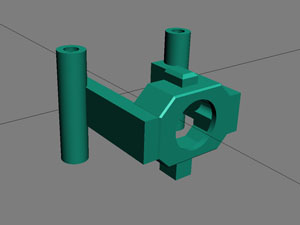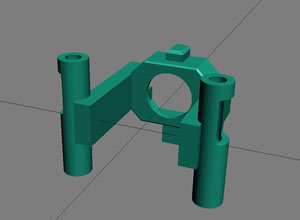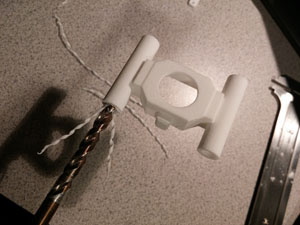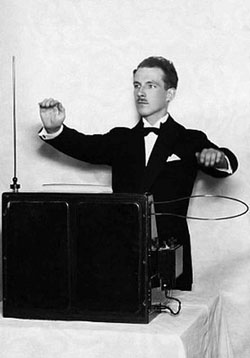A couple of years ago, I built a 250mm quadcopter using a Diatone FPV250 V2 frame. This particular frame came with some sort of FPV camera holder that doesn’t actually seem to hold anything. So for a very long time, I resorted to zip-tying down my FatShark 600TVL camera. Inevitably, the camera would shift during flight. Sometimes the camera’s orientation would be weird but fine. Sometimes it wouldn’t be so great, often making it hard to even land.
I recently decided to do something about it. Using 3DSMax, I created three different frame-supported camera holders based on a design I found from a guy named Thomas Sevaldrud, which created a 600TVL holder for the ZMR250 frame. Kudos to Thomas for designing such a nice, and well-fitting, 600 TVL camera surround. I basically took his camera surround piece and added in custom frame mounts. All pieces were 3D printed using Shapeways’ “Strong and Flexible” plastic.
Design #1

At first glance, this design seems really nice. However, the tolerances on the gaps between the prop blades and the cage posts are pretty tight. It turns out that one of the props comes into contact with the camera holder. Not great if you actually want to fly the thing. Also, I realized that the camera is quite vulnerable in the event of a crash. The last thing I want is for my FPV system to be a casualty of my bad flying.
Back to the drawing board.
Design #2

This design works much better. The camera sits fully within the cage and the holder posts aren’t in any danger of being knicked by a prop blade. However, with design #2, my worry was that the camera holder was taking up valuable real estate inside the cage. I still have some tidying-up I’d like to do with my other components. So I wondered if I could do better, keeping the camera holder mounted using the front frame posts instead.
Design #3

This sort of blends designs #1 and #2. The camera sits back fully within the cage, and is still mounted using the front frame posts. In the design, I removed material from the frame mounts in the vicinity of the prop blades. It actually works pretty well. The only downside to this design is that I may have seated the camera holder a little TOO far back in the frame. Edges of the holder supports are slightly visible in the sides of the video feed. They don’t particularly get in the way, but they’re noticeable. I’ll fix this if I ever break it and need to reprint.
Latch
The latch is important as well. It’s what secures the camera in the holder and is used with all of the designs. (Again, big props to Thomas Sevaldrud for designing this).

The latch can be fastened to the camera holder using 2x8mm screws.
Conclusion
As for which design I like best between #2 and #3, I’m not entirely sure yet. It’s been too cold to fly with them. So time will tell.
If you’d like to try either of these designs out for yourself, here are the links to the STL files.
The inner diameter of the support posts is a bit tight and may need to be “opened up” a tad depending on your 3D printer settings. This was certainly the case with Shapeways prints. It’s not a big deal though. A 7/32″ drill bit used slowly will clean this up just fine.

-Shane







